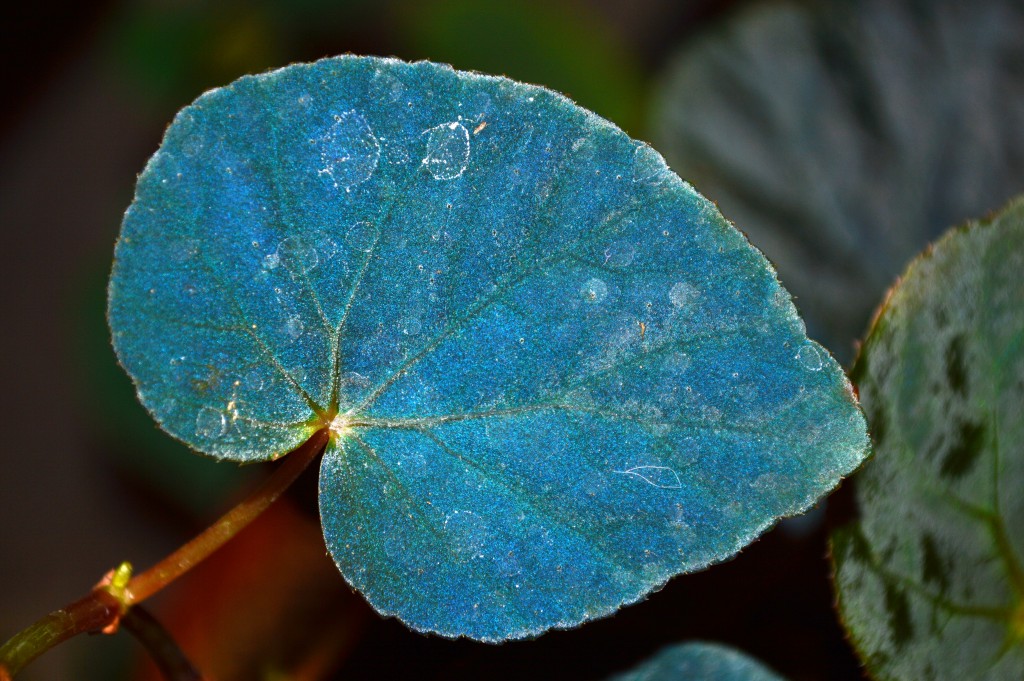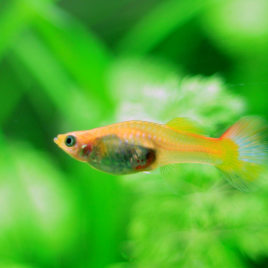
Begonia species adapted to deep-shade conditions display blue leaf iridescence, a striking form of structural colour originating from specialised chloroplasts in the epidermis. (Photo by Matthew Jacobs)
Vivid blue colours of plants like the various species of Begonia aren’t just for show, they are also a sophisticated survival mechanism. New research out of University of Bristol shows that the plants’ blue colour indicates the presence of specialized chloroplasts in the surface layers. Blue plants are designed to process sunlight five to 10 percent more efficiently, which makes it easier to thrive in such low-light environments as thick-canopied tropical forests of Malaysia.
Authors:
Matthew Jacobs, Martin Lopez-Garcia, O.-Phart Phrathep, Tracy Lawson, Ruth Oulton & Heather M. Whitney
Corresponding author:
Heather M. Whitney, School of Biological Sciences, University of Bristol, Life Sciences Building, Tyndall Avenue, Bristol BS8 1TQ, UK
Original paper published in Nature Plants on October 24, 2016.



